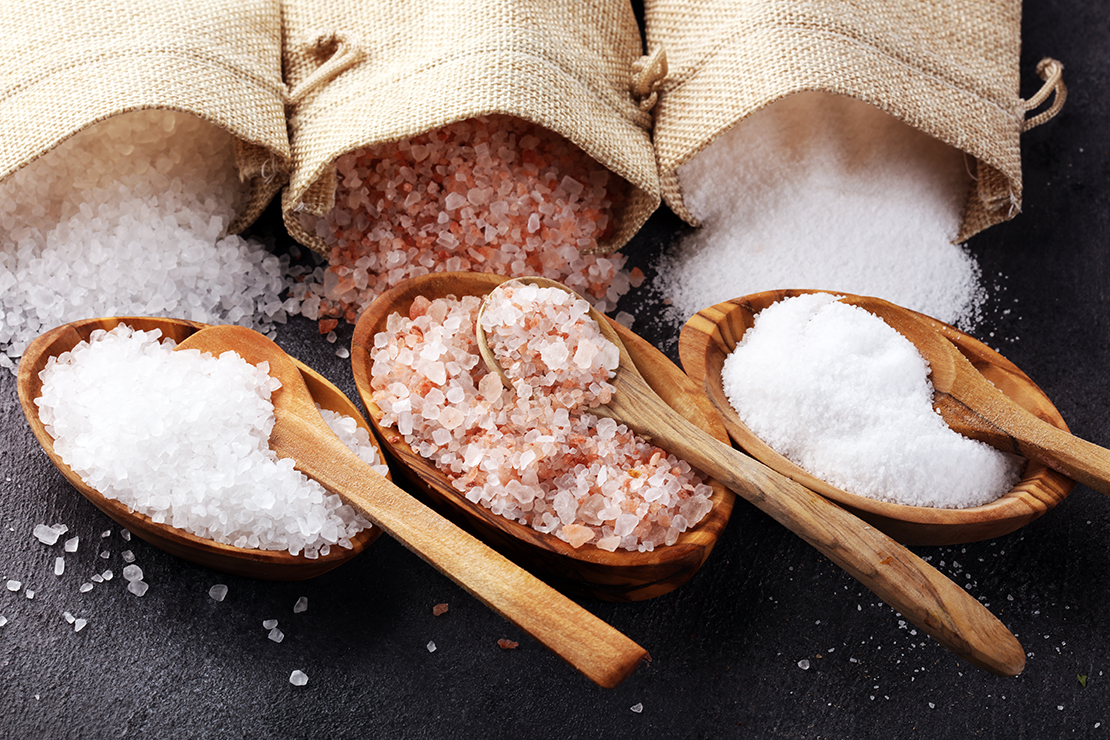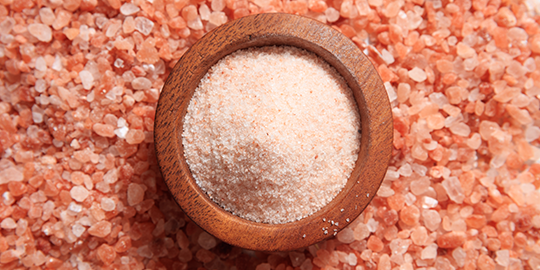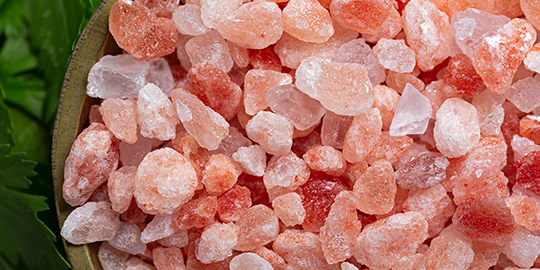Himalayan salt or regular salt: Which one you should opt for?

Salt or Sodium Chloride is one of the most widely used ingredients in food. It has been used for thousands of years to enhance the flavor of food, preserve it, and improve its texture. The commodity is obtained usually in two forms: sea salt and rock salt. Sea salt is harvested from evaporated seawater, while rock salt is mined from ancient underground deposits. Himalayan salt on the other hand is mined from the foothills of the Himalayas, an ancient mountain range in Asia. It is considered to be the purest form of salt, as it is untouched by modern pollution and has had minimal human interference. Himalayan salt contains over 84 trace minerals that are beneficial for the body. It also has a unique flavor and color that is incomparable to any other type of salt Regular iodized salt is highly refined and processed to remove impurities, so it does not contain any of the beneficial minerals found in Himalayan salt. It is the most common type of salt used in commercial products such as table salt, baking soda, and processed foods. When it comes to choosing between Himalayan salt and regular salt, there are some key differences that need to be considered and we intend to highlight those differences with this article.
Nutrition
While pink Himalayan salt contains up to 84 additional minerals and trace elements, table salt mostly consists of sodium chloride. These include less well-known minerals like strontium and molybdenum as well as widely used minerals like potassium, calcium, magnesium, and iron. Contrary to common perception, however, the additional minerals in pink Himalayan salt are often present in such minute amounts that they are unlikely to have any positive effects on your health.

The fact is that most of the advantages of Himalayan salt for better health are not sufficiently supported by studies. The added nutrients in Himalayan pink salt aren’t thought to be adequate to significantly affect your diet. However, because of its chemical similarity to table salt, Himalayan pink salt offers many of the same advantages that regular salt does.

It keeps the body hydrated and balances electrolytes, preventing muscle cramping the same way that regular table salt does. It also promotes good vascular health and regulates water flow through the body, an essential for a healthy nervous system. For these reasons, it is always good to have Himalayan Salt as a part of your daily diet but should not be given much nutritional preference over common salt.

Other Uses
There are a number of prominent non-food uses for pink Himalayan salt in addition to its many dietary applications. Some bath salts that promise to treat skin problems and ease weary muscles contain pink Himalayan salt. Additionally, frequently fashioned with pink Himalayan salt, salt lamps are said to purge the air of impurities. Large chunks of salt are the main component of these lamps, and an internal light source warms the salt. People who want to get better skin and respiratory issues also like spending time in man-made salt caverns composed of pink Himalayan salt.

Himalayan salt has its own unique benefits, such as being slightly higher in minerals than regular salt. The pink distinctive color is also something that tends to attract many first-timers. However, the taste and texture of regular salt may be preferred by some individuals, making it a viable option for those who are not trying to make drastic changes in their diet. Ultimately, the decision of which type of salt to use is one that should be made based on personal preference given the nutritional value of both types is roughly identical. You can now get whichever type of salt you opt for in the comfort of your home.
